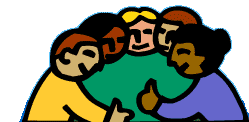 |
|
||||
| | Home | Definitions | History | Students | Program Types | Classroom | Debate | Voices | Links | Resources | |||||
|
|
|||||||||||||||
|
In our schools
today there is a large group of linguistically diverse students. Their school experience is in most cases in some way influenced
by their linguistic diversity and whether their school experience is perceived as positive or negative to a large extent depends
on what kind of bilingual program they attend. Linguistically
diverse students can be divided up into three groups: |
|
||||||||||||||
 |
|||||||||||||||
|
Enter supporting content here |
|